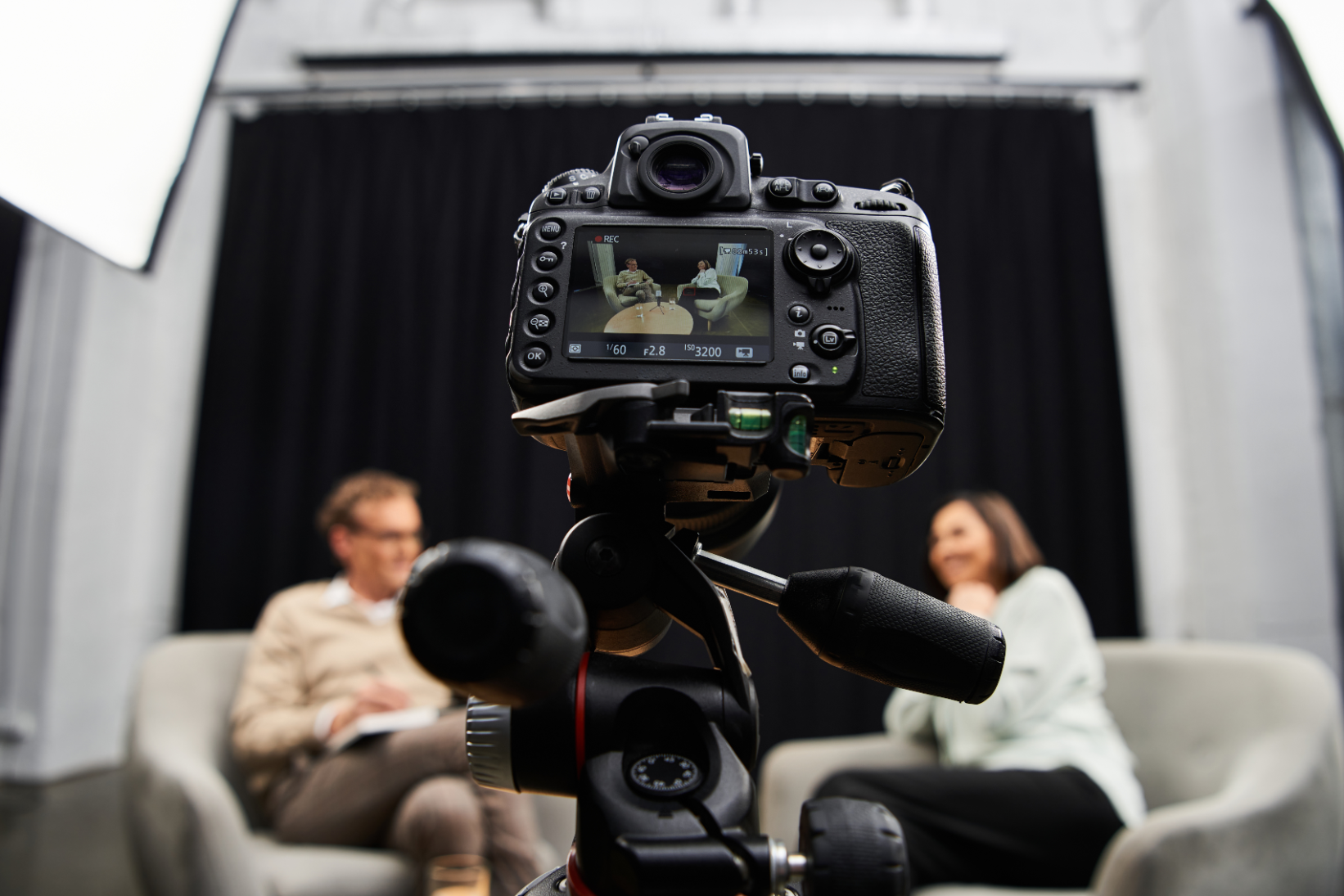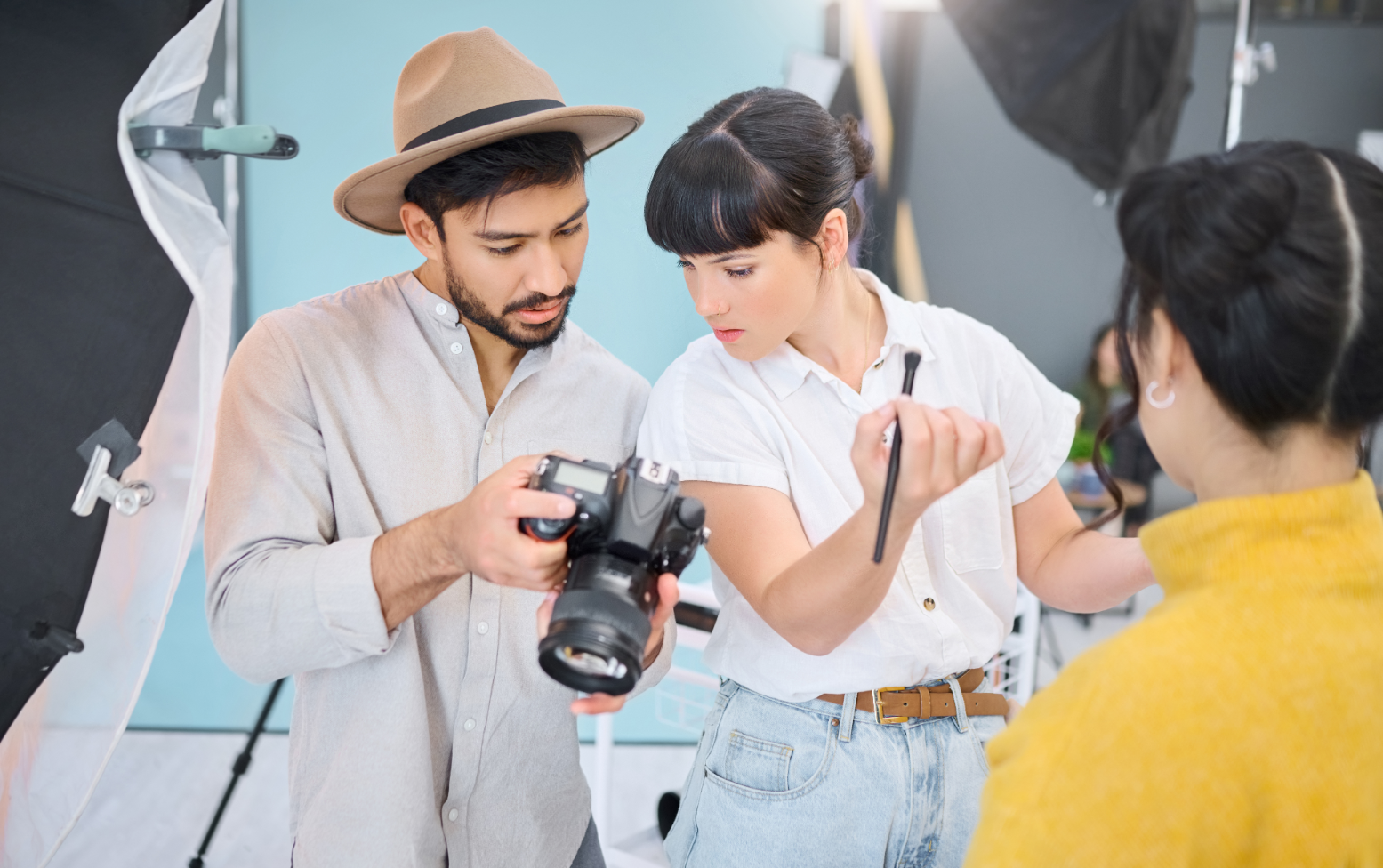Engage Viewers: Motion Graphics & Animation for Impact

In today’s hyper-connected digital landscape, attention is the most valuable commodity. We’re constantly bombarded with information, and our brains have become adept at filtering out anything that doesn’t immediately grab our interest. This presents a unique challenge for businesses, educators, and content creators alike: how do you cut through the noise and genuinely connect with your audience?
The answer, increasingly, lies in movement. Static images and lengthy text blocks simply don’t hold attention like they used to. This is where motion graphics and animation step in, transforming passive viewing into an immersive, engaging experience. Far from being a mere aesthetic choice, animation is a powerful strategic tool that can elevate your message, deepen understanding, and leave a lasting impression.
Why Movement Matters: The Psychology Behind Animation
Our brains are wired to notice movement. It’s an evolutionary instinct, dating back to when spotting a rustle in the grass could mean the difference between safety and danger. In the digital age, this instinct translates into an immediate draw towards anything dynamic on a screen. Motion graphics don't just catch the eye; they hold it, guiding the viewer's gaze and focus precisely where you want it to be. This inherent human response makes animation an incredibly effective medium for initial engagement.
Beyond simply grabbing attention, animation taps into deeper cognitive and emotional pathways. Visual information is processed significantly faster than text, and complex ideas can be broken down into easily digestible, animated sequences. This reduces cognitive load, making learning and comprehension more efficient. Moreover, animation can evoke strong emotions through character design, expressive movements, and storytelling, fostering a powerful connection between the content and the viewer. Think about how a simple animated icon can convey joy or urgency instantly, or how an explainer video uses relatable characters to demystify a complex service.
Beyond Aesthetics: The Strategic Power of Motion
While aesthetically pleasing, the true power of motion graphics and animation lies in their strategic ability to communicate with unparalleled clarity and impact. It’s not just about making things look good; it’s about making them work better. Imagine trying to explain how a complex software works or illustrate abstract data trends with static images alone. It would be a struggle. Animation allows you to simplify the complex, visualize the invisible, and demonstrate processes in a way that static mediums simply cannot.
Animation is also a cornerstone for strong branding and consistent messaging. A distinctive animation style, consistent color palette, and unique motion cues can become instantly recognizable elements of your brand identity. This reinforces your brand personality, whether it’s playful, serious, innovative, or trustworthy. From a short animated logo intro to a comprehensive animated marketing campaign, motion creates a cohesive and memorable brand experience across all touchpoints, enhancing recall and fostering loyalty.
Crafting Compelling Narratives with Motion
- Simplify Complex Ideas: Use animated sequences to break down intricate processes or abstract concepts into understandable visual steps. Show, don't just tell, how a product works or a service benefits the user.
- Tell Engaging Stories: Animation excels at storytelling, allowing you to create characters and scenarios that resonate emotionally with your audience, making your message more memorable and impactful.
- Visualize Data: Transform dry statistics into dynamic, engaging infographics or charts that highlight key insights and trends, making data more accessible and compelling.
Types of Animation and Their Impact
The world of animation is vast and varied, offering a rich palette of styles to suit any message or audience. From the crisp, clean lines of 2D animation to the immersive realism of 3D, the stop-motion charm, the instructional clarity of whiteboard animation, or the dynamic energy of kinetic typography, each style brings its own unique set of strengths. Understanding these differences is key to choosing the right approach for your specific goals.
For instance, 2D animation often lends itself to friendly, illustrative explainer videos that demystify services or products with a light touch. 3D animation, on the other hand, is perfect for showcasing product prototypes with photorealistic detail, creating immersive virtual tours, or building stunning visual effects. Whiteboard animation can be highly effective for educational content, guiding viewers through concepts in a clear, step-by-step manner. Kinetic typography, which brings text to life, is excellent for conveying short, impactful messages or enhancing music videos with visual rhythm. The choice of style dramatically influences the tone and perception of your message, so it's vital to align it with your brand and target audience.
Choosing the Right Animation Style
- 2D Animation: Ideal for explainer videos, character-driven stories, and conveying information in a friendly, approachable manner.
- 3D Animation: Best for product visualization, architectural walkthroughs, realistic simulations, and creating highly detailed, immersive experiences.
- Motion Graphics: Perfect for dynamic titles, infographics, lower thirds, and adding visual flair to corporate presentations or social media content.
- Whiteboard Animation: Excellent for educational content, illustrating processes, and simplifying complex ideas in a clear, sequential way.
Maximizing Impact: Best Practices for Motion Graphics
Creating effective motion graphics and animation goes beyond just making pretty pictures move. It requires a strategic approach focused on clarity, conciseness, and purpose. Before any animation begins, ask yourself: what is the core message? What do I want my viewers to feel or do after watching? Answering these questions will guide every creative decision, ensuring that every movement, transition, and visual element serves to enhance your message rather than distract from it.
The best animation is often brief, focused, and supported by compelling sound design. Given dwindling attention spans, aim for impact in a short timeframe – often 60-90 seconds for an explainer video is ideal. Crucially, don't overlook the power of audio. A professional voiceover, engaging music, and well-placed sound effects can dramatically elevate the emotional impact and professional polish of your animation, making it more memorable and immersive. Animation is a symphony of sight and sound working in harmony.
Essential Considerations for Effective Animation
- Define Your Objective: Clearly articulate the primary goal of your animation before production begins. Is it to explain, persuade, entertain, or inform?
- Storyboarding is Key: Plan out every scene and transition with a detailed storyboard. This ensures a cohesive narrative and smooth flow.
- Keep it Concise: Respect your audience's time. Aim for brevity and get your message across efficiently. Every second counts.
- Invest in Sound Design: High-quality voiceovers, suitable background music, and effective sound effects are critical for a professional and immersive experience.
- Maintain Brand Consistency: Ensure all animated elements align with your brand's visual identity, color palette, and tone of voice.
- Include a Clear Call to Action: Guide your viewers on what to do next. Whether it's to visit a website, make a purchase, or subscribe, make it obvious.
- Optimize for Platforms: Consider where your animation will be viewed (social media, website, presentation) and optimize its length, aspect ratio, and file size accordingly.
Conclusion
In a world saturated with information, motion graphics and animation are no longer a luxury; they are a necessity for effective communication. They possess a unique ability to capture attention, simplify complex messages, evoke emotions, and build lasting connections with your audience. By strategically leveraging the power of movement, you can elevate your content, enhance your brand, and achieve a level of engagement that static visuals simply can't match.
If you're ready to harness the transformative power of motion graphics and animation to make a truly impactful impression, FilmBaker is here to help bring your vision to life. Our team is dedicated to crafting compelling visual stories that resonate and deliver results. Let's create something extraordinary together.
Ready to make your message move? Get in touch with FilmBaker today!


